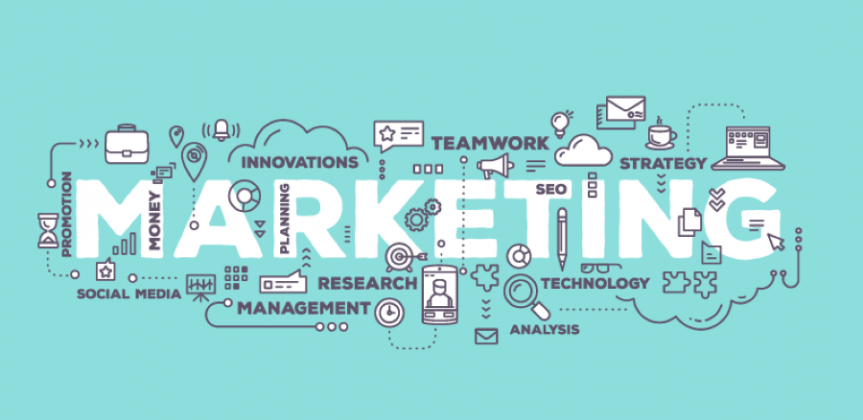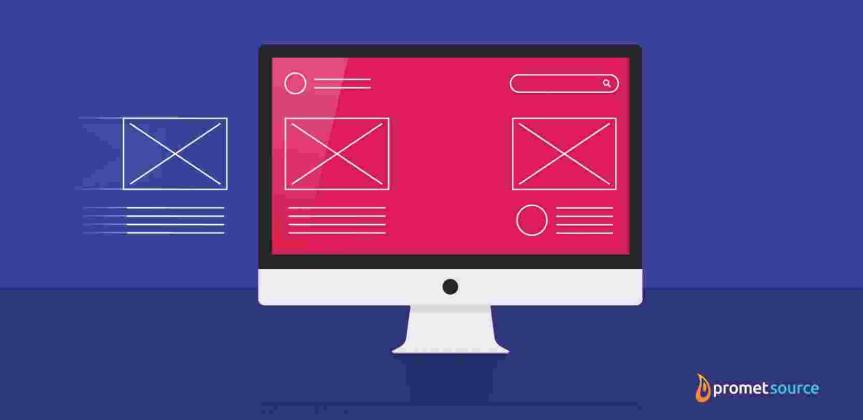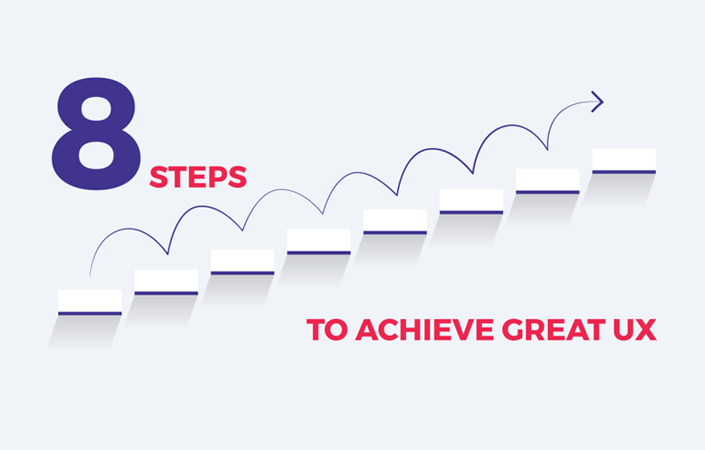
Marketing in a Time of COVID-19
It’s been nearly five months since COVID-19 was declared a global pandemic and a national emergency. This, of course, is not how any of us imagined 2020 would play out when marketing plans were put in place at the start of the year. Despite the disruption and tragic human toll during the Spring months, there was widespread expectation that the pandemic would be headed for the history books by the third and fourth quarters.
Turns out, the pause from business-as-usual is not going to be brief. The disruption and human toll continues.
Whether or not we took the initial lockdown seriously enough, or attempted to reopen too soon, one fact is without dispute at this point: COVID-19 is going to be with us for a while and “normal” could be a long way off.
So what does that mean for marketers?
Multiple Marketing Dilemmas
When customers and constituents are dealing with mounting upheaval and uncertainty on multiple levels, business-as-usual marketing campaigns run the risk of appearing tone deaf. At the same time, audiences are weary of the multitude of voices weighing in on COVID-19.
Perceptive and forward-thinking organizations are regrouping and rethinking marketing and messaging. There’s a lot of soul searching going on and in many cases, there are similarities between positive new directions within organizations and within homes.
Renew and Refresh
At home, many have decided that now is the time to dive deep into big picture goals, such as fitness, new hobbies, online classes, or intellectual pursuits — tapping into the types of to-dos that tend to get pushed aside during normal daily life when commuting, socializing, and activities that call for being in close proximity or physically present take up a major chunk of time.
The overriding objective: How to emerge from this pandemic better and stronger, looking back on these months with the assurance that the limitations were leveraged strategically.
Organizations are actually taking a similar approach to the “What Now” question. Studies show that to an increasing degree, preparations for the post-pandemic rebound are directed toward creating better web experiences that are impeccably aligned with user needs and expectations.
There are a host of reasons why website content audits, redesigns, redevelopment, or fixes that are taking many different forms are proving to be the best focus of organizational energy and marketing dollars right now.
Here are our top five:
1. Websites and web experiences are now a defining factor.
Long before the pandemic hit, Promet noted that organizations were increasingly defined by their digital presence. That reality emerged to the forefront as social distancing and shelter-in-place orders created a reliance on online engagements as the primary connection to the world. As websites have been called upon to do more heavy lifting than ever before, opportunities for excellent UX have come into sharp focus, and users’ patience with sub-par web experiences have has worn thin.
2. This defining factor and digital hub needs to strategically reflect new realities.
COVID-19 has shaken modern life to the core. Historically, new design trends follow massive social upheaval, for good reason. After emerging from a constant stream of dire news, users are looking for bright spots, a breath of fresh air, and a reassurance that life is on track to be back to normal. The post-pandemic climate will present a powerful opportunity for renewal and reinvention. At Promet Source, we are anticipating an overall trend toward brighter colors, whimsical styles, and simplicity. For websites, this might mean a fresh, new color palette, bolder fonts with smoother edges, brighter images, and a renewed organization of previously complex menus and data.
3. Competition will be aggressive and strategic.
Marketing and advertising budgets were slashed at the start of 2020 as consumers lost their jobs, had less to spend, and were discouraged or forbidden from engaging in activities that fuel key sectors of the economy. While the timing of the economic rebound is uncertain, pent-up demand is undeniably huge. When the economy rebounds, an intentional, up-to date digital presence will be a key success factor.
4. Data and analytics will serve as stronger drivers of strategic decision-making.
Most organizations’ websites are set up on Google Analytics, but often key intelligence is missing from the set-up. Now is the time to ensure that the web analytics are aligned to fully leverage user data. Great data and analytics will be required to achieve the next level of decision support intelligence.
5. For Drupal users, migration to Drupal 9 is inevitable.
Drupal 9 is here. Drupal 7 and 8 are on the way out. Even though the Drupal organization has extended by one year the decommission date for Drupal 7 and 8, migration to the latest version is still required and this current downtime represents the perfect opportunity for upgrading to a far superior CMS and user experience.
Originally published on prometsource.com – July 28, 2020




